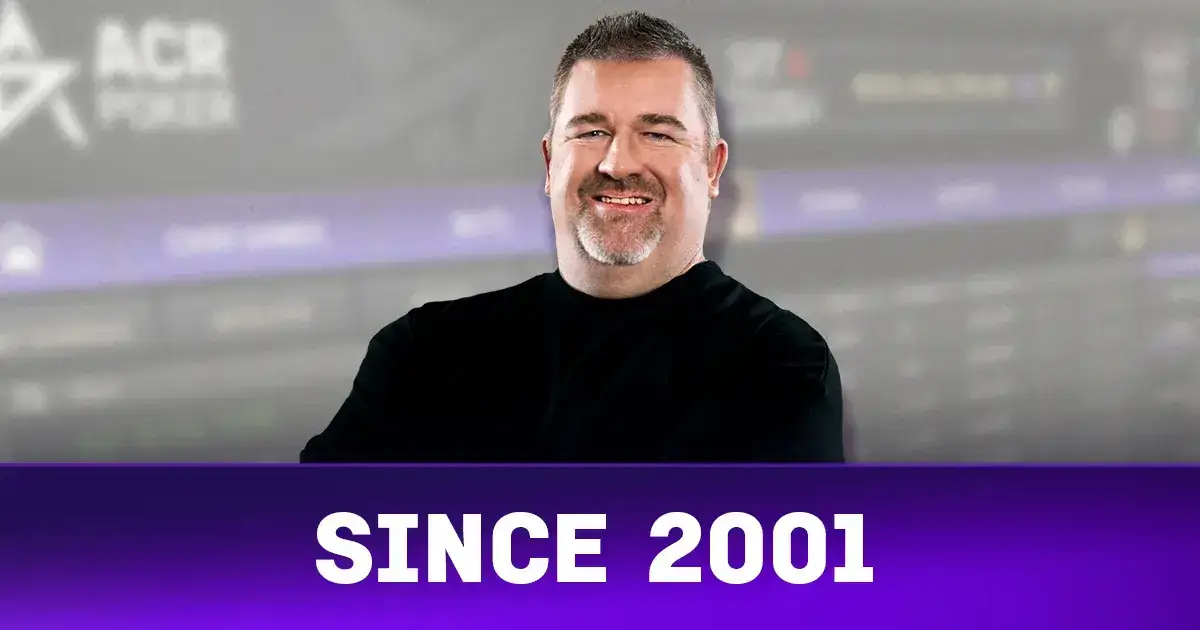The Secret to Turn Overbets: Turning Pressure Into Profit
Master the advanced strategy of turn overbetting to maximize fold equity and extract maximum value from opponents
If you’ve played enough online tournaments or cash games, you’ve probably faced it: an opponent suddenly fires an oversized bet on the turn that makes you uncomfortable with your entire range. This isn’t a mistake. It’s a strategy, and learning how to use it yourself can turn tough spots into profitable ones.
🎯 What Are Turn Overbets?
Welcome to the world of turn overbets — a powerful weapon in advanced poker strategy that forces opponents into extremely difficult decisions with a wide portion of their range.
Why Turn Overbets Work
The turn is often the most decisive street in no-limit hold’em. Stacks are smaller relative to the pot, the board is more defined, and players are beginning to commit to their tournament life or bankroll. By using river overbet sizing early (on the turn) you force your opponent into extremely difficult decisions with a wide portion of their range.
A well-timed overbet achieves two goals:
💰Maximize Value
When your hand is way ahead, an overbet extracts maximum value from opponents who can’t fold strong hands.
🗑️Generate Folds
Forces opponents to fold weak or medium-strength hands that would otherwise call smaller bets.
The secret is not just betting big for the sake of it, but choosing the right board textures and situations where an overbet will polarize your range. Learn more about polarized ranges here.
Polarized Range Construction
The foundation of turn overbetting lies in polarized range construction. When you overbet, you’re essentially saying: “I either have a monster or I’m bluffing.”
Value side of your range: Nut straights, strong two-pairs, sets, and sometimes top pair with a dominating kicker.
Bluff side of your range: Missed straight draws, weaker flush draws, or hands with good blockers (like holding the ace of a suit when the flush completes).
The beauty of this approach is that your opponent can’t comfortably call with their marginal hands. If they call too wide, you profit with bluffs. If they fold too much, you profit with value.
Sizing and Bluff-to-Value Ratios
So, how big should a turn overbet be? Common sizings are between 125%–200% of the pot. Anything less loses the pressure effect, and anything more can reduce the credibility of your story.
Your bluff-to-value ratio depends on stack depth and player tendencies:
- In theory: Solvers often balance around a 2:1 or 3:2 ratio of value to bluffs in polarized spots.
- Against recreational opponents: Lean heavier toward value since they tend to over-call.
- Against tougher regs: Mix in more bluffs, particularly when you hold key blockers that reduce the likelihood your opponent has the nuts.
Choosing the Right Boards
Not every board is ripe for an overbet. The best situations usually include:
🎯Static Textures
Boards unlikely to change much on the river, such as paired boards or rainbow straights. These let you credibly represent the nuts now.
😨Scary Textures
When the turn completes a flush or straight, your opponent is often capped at one-pair hands while you can credibly represent the nuts.
🛡️Key Blockers
If the board brings a potential flush, holding the ace or king of that suit makes your bluffs far more believable.
Hand Example: Turning Pressure Into Profit
Here’s a practical example of how to use turn overbets effectively:
Hand: 8♠ 7♠
This is the perfect moment to overbet. If you fire 1.5x the pot, you’re polarizing your range: either you have the nuts (straight or flush draw with strength) or you’re bluffing with draws. Villain’s one-pair hands like A-T or K-J are now in hell.
When they fold, you scoop without showdown. When they call, you have massive equity to improve.
Exploiting Opponents With Overbets
Turn overbets are not just for balance. They can also be powerful exploitative tools when you know how your opponent reacts:
🐢Against Nits
Overbet with bluffs. They will fold too often.
🤖Against Calling Stations
Overbet with strong value hands. They won’t find the fold button.
🎯Against Aggressive Regs
Mix it up. Overbet both value and bluffs to keep them off balance.
Common Mistakes to Avoid
⚠️ Turn Overbet Pitfalls
- Overbetting too wide: Don’t use this sizing with medium-strength hands. It defeats the purpose.
- Choosing bad textures: Don’t overbet dry, disconnected boards where your story makes no sense.
- Ignoring stack sizes: Don’t overbet when your opponent is too short-stacked to fold.
The Takeaway
Learning the secret to turn overbets is about more than just betting big. It’s about telling a credible story with a polarized range, using river overbet sizing at the right moment, and managing your bluff-to-value ratio based on the opponent in front of you.
💡 Key Insight
When executed well, overbets create maximum fold equity and extract the most value from opponents who can’t adjust. Start small, practice in spots where the board clearly favors your range, and you’ll discover why this advanced weapon is a must-have in every serious player’s arsenal.
Ready to Master Turn Overbets?
Put your new knowledge to the test at Americas Cardroom. Practice these advanced techniques in tournaments and cash games, and watch your win rate climb.
Start Playing Today
